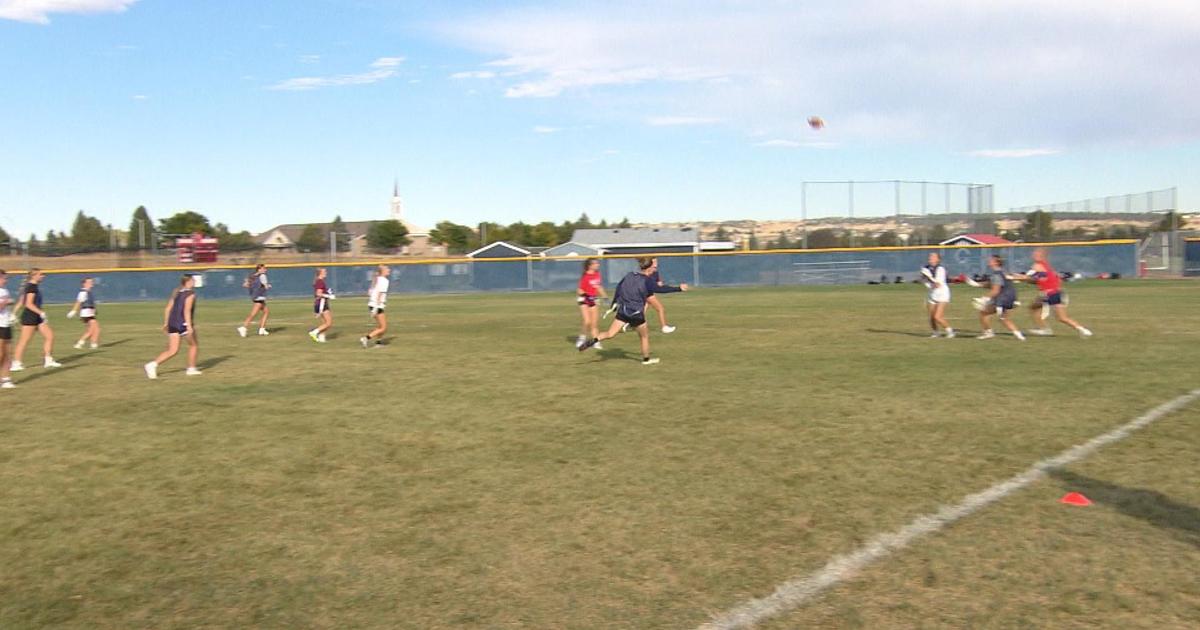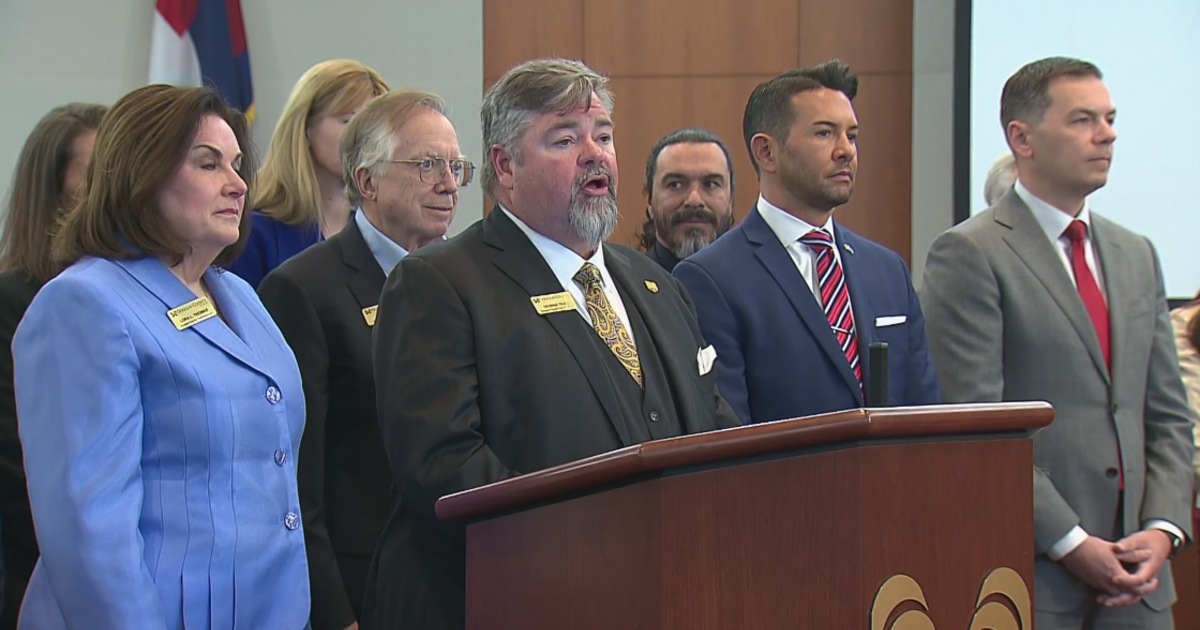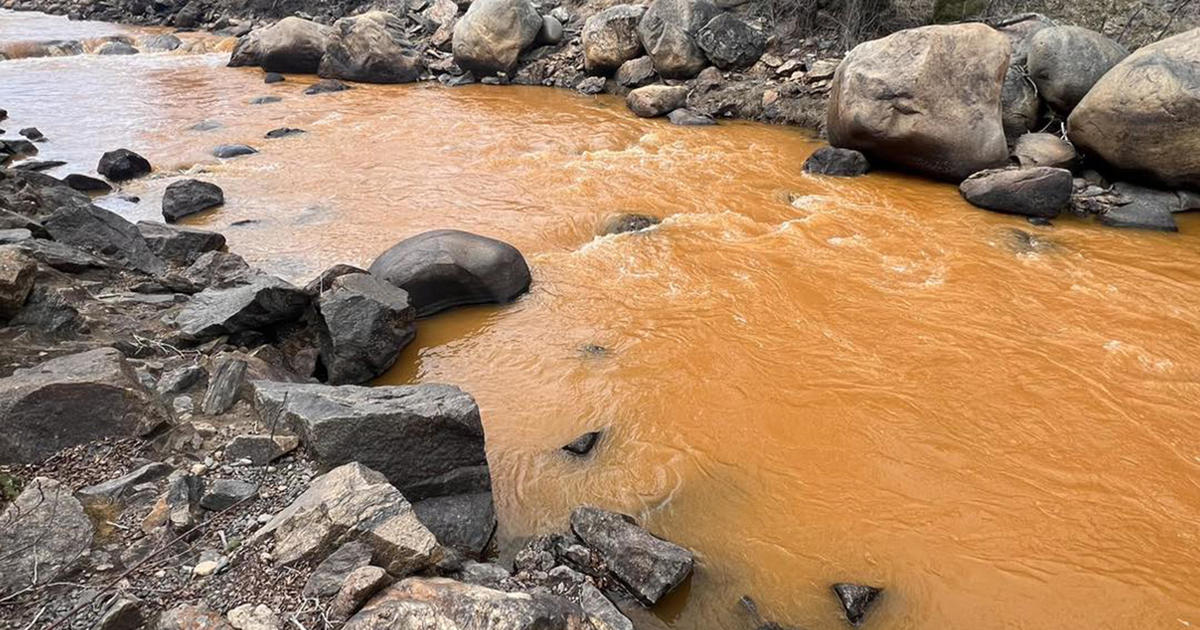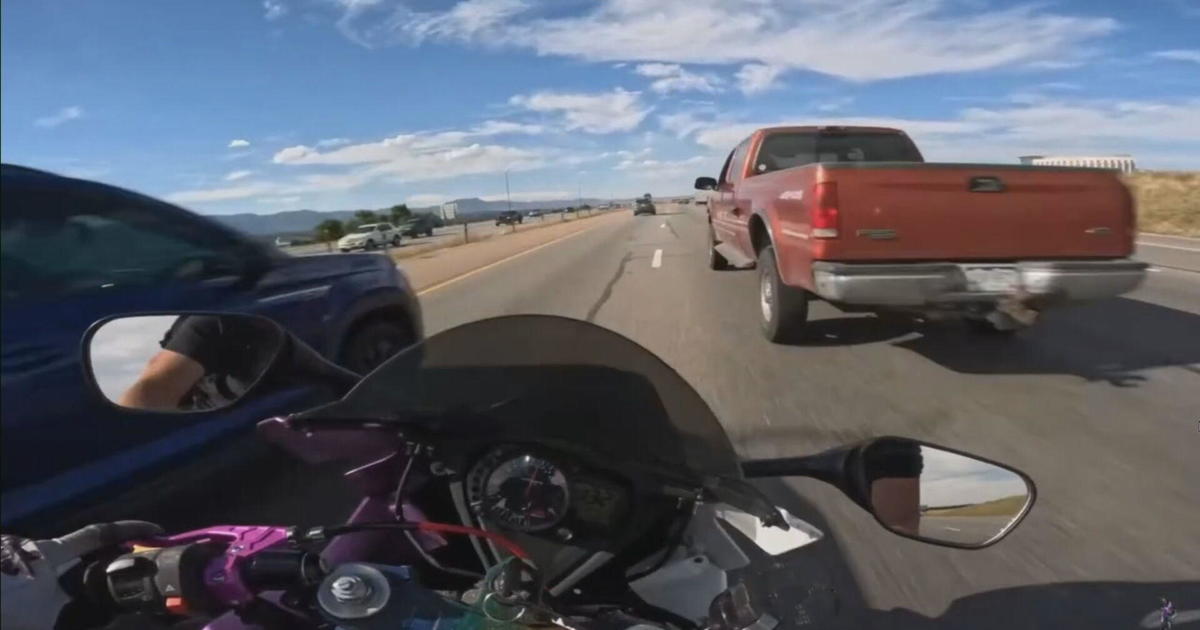Some Colorado Counties Get Failing Grade When It Comes To Ozone
DENVER (CBS4) - A new report by the American Lung Association says that nearly half of all Americans are breathing dirty air.
In Colorado, according to the study, the dirtiest air due to particulates can be found in Mesa County.
But several counties received a failing grade when it comes to pollution caused by ozone.
PARTICLE POLLUTION
Particle pollution comes from a variety of sources, ranging from the tailpipe of your car or truck, to smoke from a forest fire.
Certain weather can enhance particle pollution, especially when winds are light and a temperature inversion is present. These conditions can create those dreadful days with hazy skies that are sometimes referred to as the "brown cloud."
The following is a list of the grades assigned for particle pollution in Colorado counties that were included in the study...
Adams - B
Arapahoe - A
Boulder - B
Denver - B
Douglas - A
El Paso - A
La Plata - A
Larimer - A
Mesa - C
Montezuma - A
Pueblo - A
Rio Blanco - B
Weld - B
OZONE POLLUTION
It's a different story when talking about pollution from ozone, and there's definitely room for improvement statewide.
Ozone is a colorless, odorless gas that becomes a problem during the summer months.
It's formed when emissions from everyday items combine with other pollutants and "cook" in the daytime heat.
Sources of ozone include gas powered vehicles, lawn equipment, household paints, stains and solvents.
The weather plays a key role in ozone formation. Ozone levels are highest when temperatures are higher than 85 degrees and the winds are light or calm.
The following is a list of the grades assigned for ozone pollution in Colorado counties that were included in the study...
Adams - D
Arapahoe - F
Boulder - D
Denver - D
Douglas - F
El Paso - D
Garfield - B
Gunnison - B
Jefferson - F
La Plata - D
Larimer - F
Mesa - A
Montezuma - B
Pitkin - A
Rio Blanco - C
Weld - F
OZONE SEASON IS AHEAD
Because heat plays a big role in the formation of ozone, it's typically only a problem across Colorado between June and August.
There are several things you can do this summer to help prevent the formation of ozone, especially on hot and calm days.
- keep your vehicle well maintained
- get gas after 5 p.m. on hot, sunny days
- when pumping gas, stop at the click and don't overfill the tank
- walk to lunch and run errands after work
- take public transportation at least once a week
- use gas-powered lawn equipment after 5 p.m on hot, sunny days
- avoid painting and staining projects in the heat of the day
- tightly cap all solvents and store them in a cool place
DAILY ALERTS THIS SUMMER
Starting June 1, a daily ozone alert will be issued at 4 p.m. each day through August 31 to let residents of Denver and the Front Range know if there are any issues due to ozone pollution.
Ozone at the ground level is a health hazard for everybody, especially the young and elderly.
On days when ozone levels are high, those people working or playing outside could experience breathing difficulties and eye irritation. It can also trigger asthma attacks and other respiratory diseases like bronchitis and COPD.
Prolonged exposure to high amounts of ground-level ozone can result in reduced resistance to lung infections and colds.




